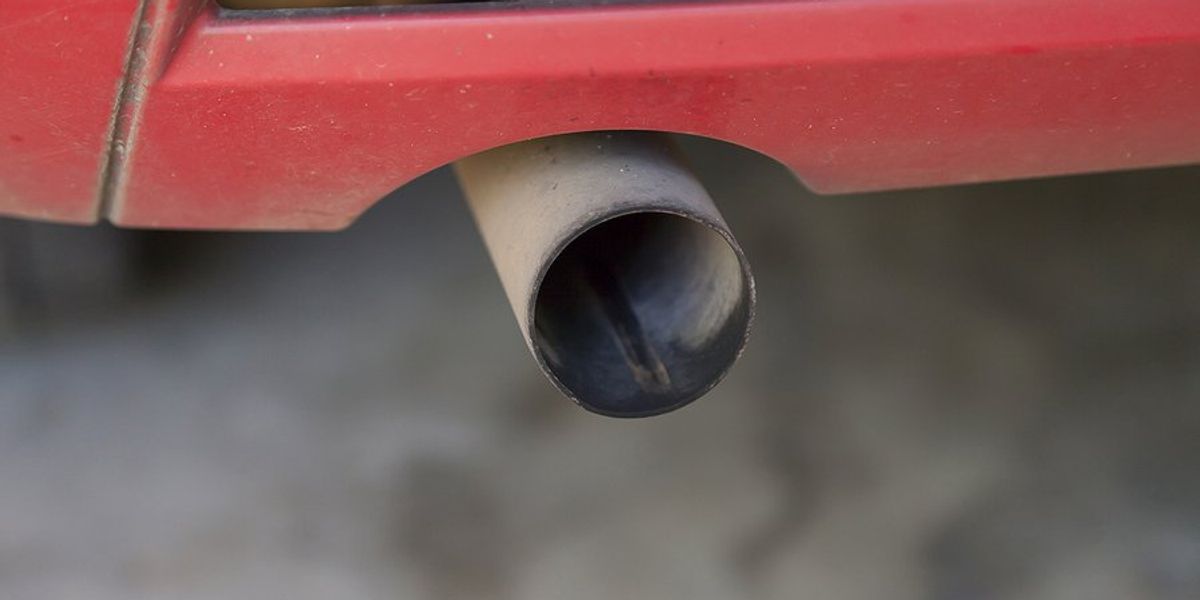
Trump administration seeks to open more public lands to oil, gas and mining under new Interior plan
The Trump administration is moving to overhaul federal land policy with a leaked Interior Department plan that prioritizes energy and mineral extraction over conservation.
Alexander Nazaryan reports for The New York Times.
In short:
- A leaked draft of the Interior Department’s 2025–2030 strategic plan calls for maximizing economic output from federal lands by streamlining permits for mining, drilling, and other industrial uses.
- The plan proposes returning federal lands to state control, reducing monument sizes, eliminating some endangered species protections and downplaying climate, conservation, and tribal responsibilities.
- Interior Secretary Doug Burgum has already begun implementing parts of the plan, including opening 87,000 acres to hunting and fishing and cutting environmental review requirements.
Key quote:
“The strategic plan clearly puts extraction and sell-off of public lands first.”
— Aaron H. Weiss, deputy director of the Center for Western Priorities
Why this matters:
Expanding drilling and mining on public lands increases the risk of air and water pollution, disrupts fragile ecosystems, and contributes to climate change. At the same time, dismantling endangered species protections and rolling back public input processes reduces transparency and oversight. The proposed changes revive decades-old debates about whether federal lands should be preserved for public benefit or exploited for private profit — a tension that cuts across political, ecological and cultural lines. Decisions made by the Interior Department ripple through rural communities, tribal nations, and urban water supplies alike. The Trump administration’s push, rooted in the Project 2025 blueprint, marks a significant departure from recent federal policy and could set a course that’s difficult to reverse.
Related: Trump nominates oil industry advocate to oversee public land drilling













